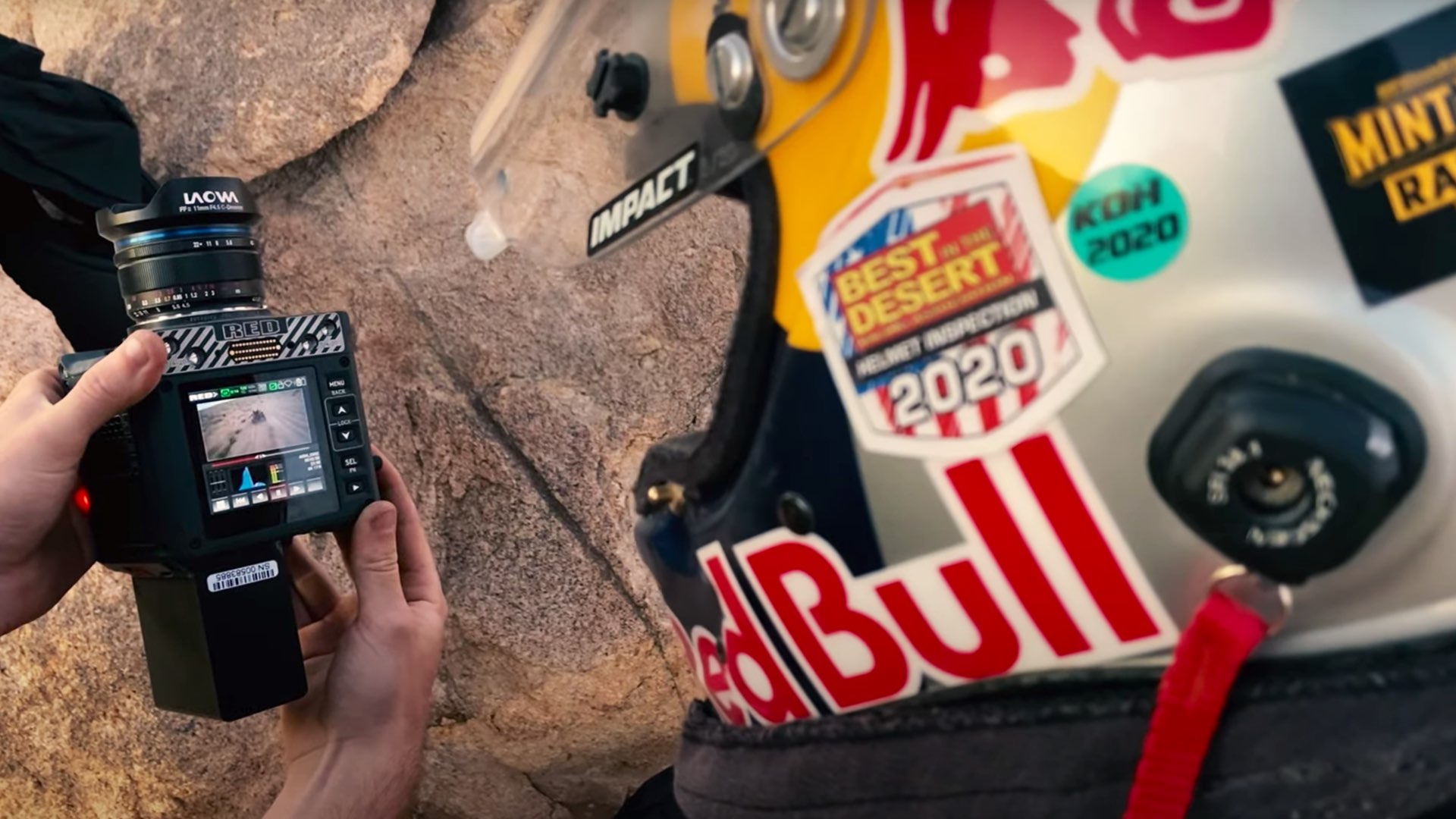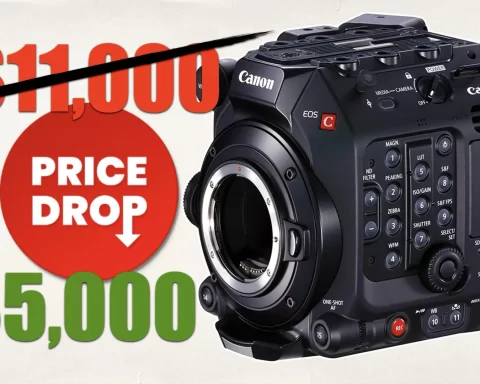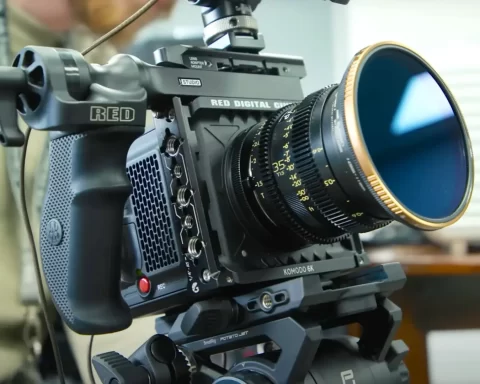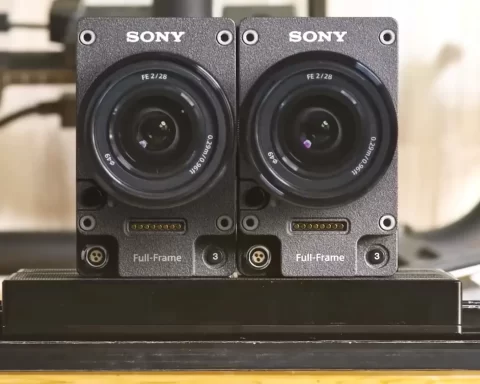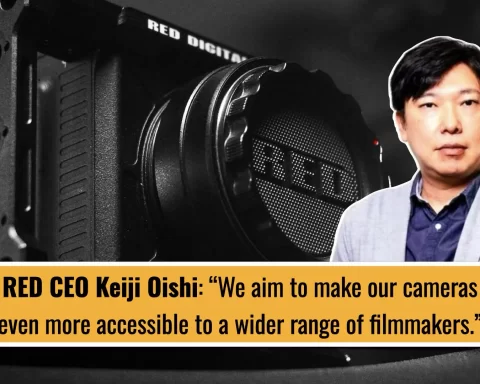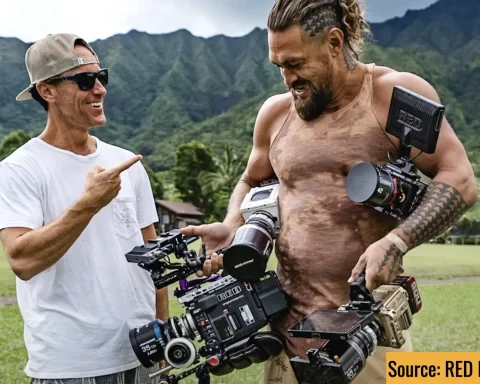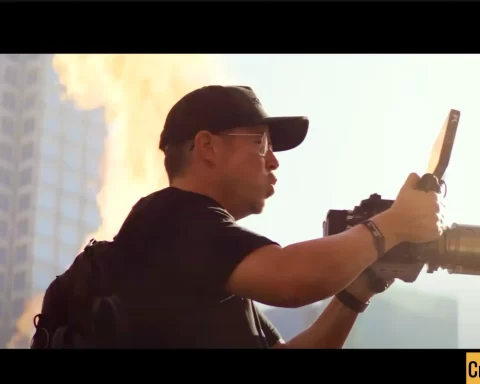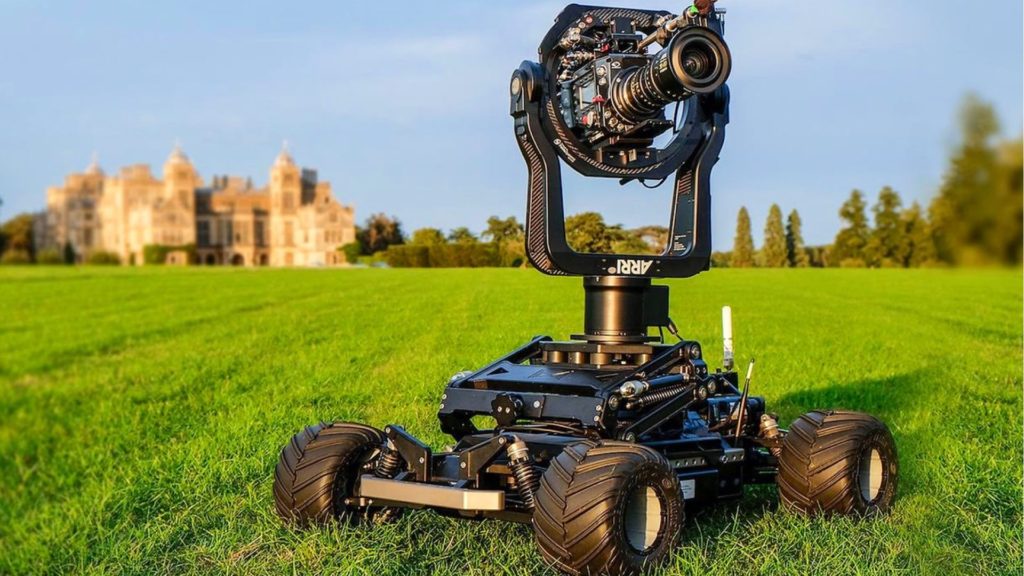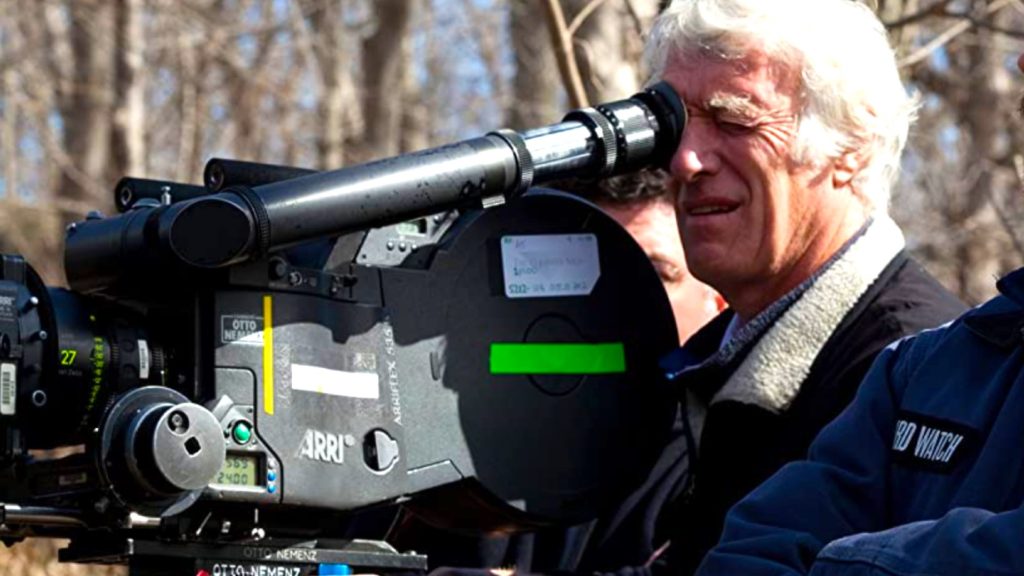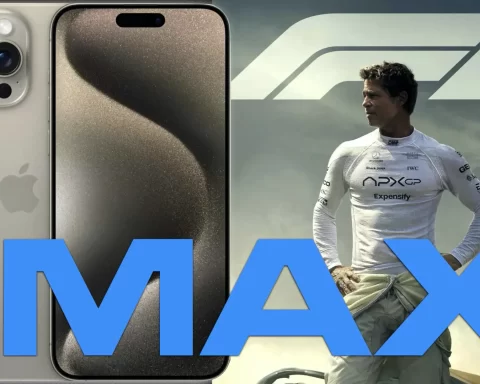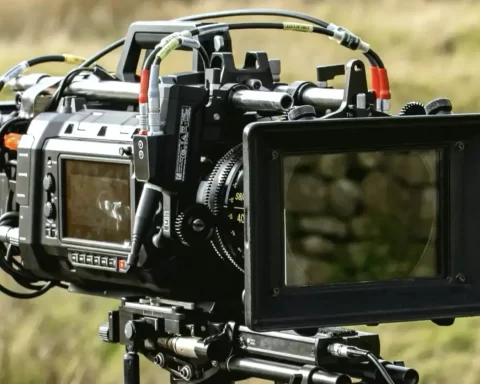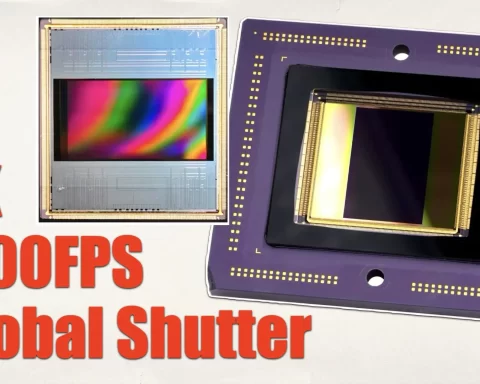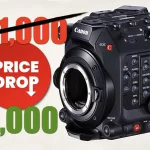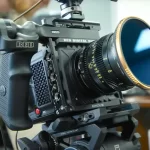The FPV enthusiast (and artist), Johnny Schaer, has teamed up with Red Bull Motorsports to “Try and bring some energy into the first few seconds of the film”. That led to a cinematic 3 minutes one-take insane action sequence with the help of high-speed FPV drove carries a RED Komodo. The results are pretty much ultra-epic. Watch it below.
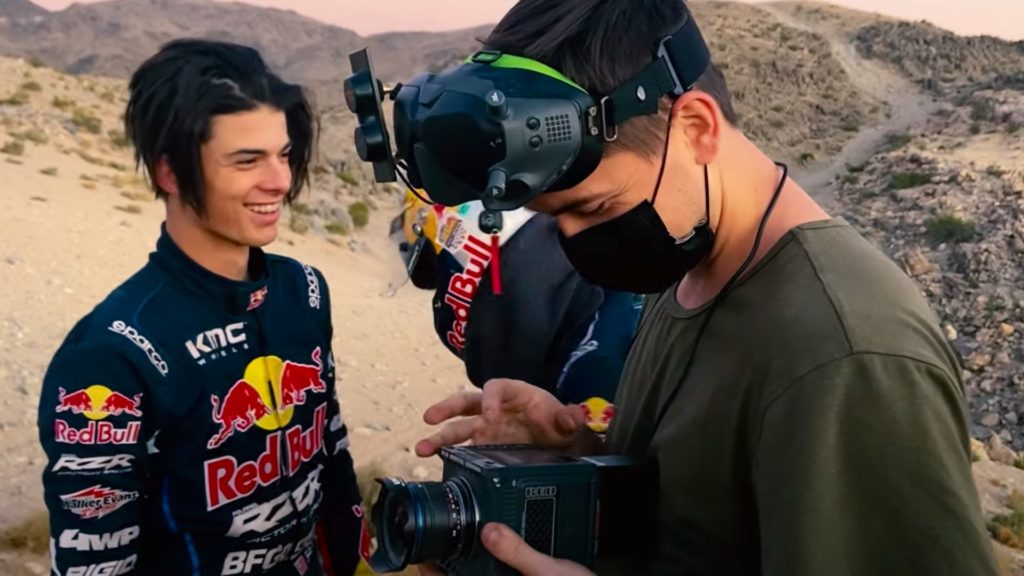
Cinema FPV: The next trend
FPV drones have been mostly utilized for racing purposes as a small radio-controlled aircraft or quadcopter, equipped with the camera while the pilot wears head-mounted displays (mainly goggles ) showing the live stream camera feed from the drones. Those drones are small and compact to enhance maneuverability capabilities. Conventional FPV drones are equipped with a small camera that has the size of a GoPro. That means FPV drones have not been designed to meet cinema applications due to their low quality regarding imagery. Obviously, conventional FPV drones can’t carry out a cinema camera on them. Till now.
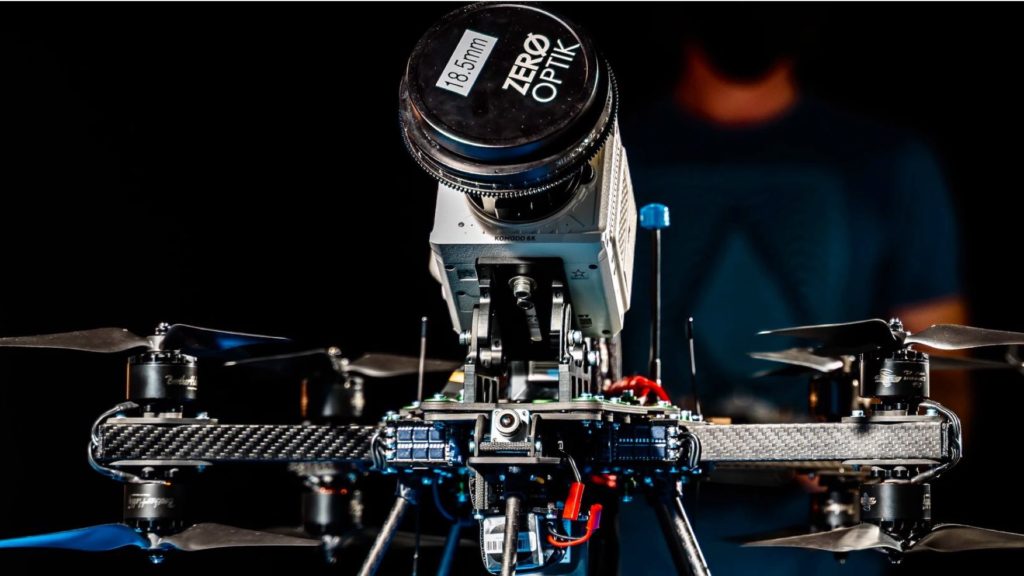
FPV drone with ARRI Mini
As tech evolves, and knowledge is accumulated, FPV drove can now produce more power to lift a heavier camera. Moreover, as cinema cameras are becoming more compact and lighter, the marriage between them and FPV drones made possible. For instance, head over to our article to see an ARRI Mini on an FPV drone. of course, there are some disadvantages, or more correct to say, limitations when flying an FPV drone compared to a regular drone with a gimbal, like lower abilities to carry heavier cameras and cinema lenses, and the sole operation which means that you don’t control the camera. FPV drones are limited to lift small size lenses. They are not designed to carry a cinema zoom lens, nor controlling the lens (fixed position).
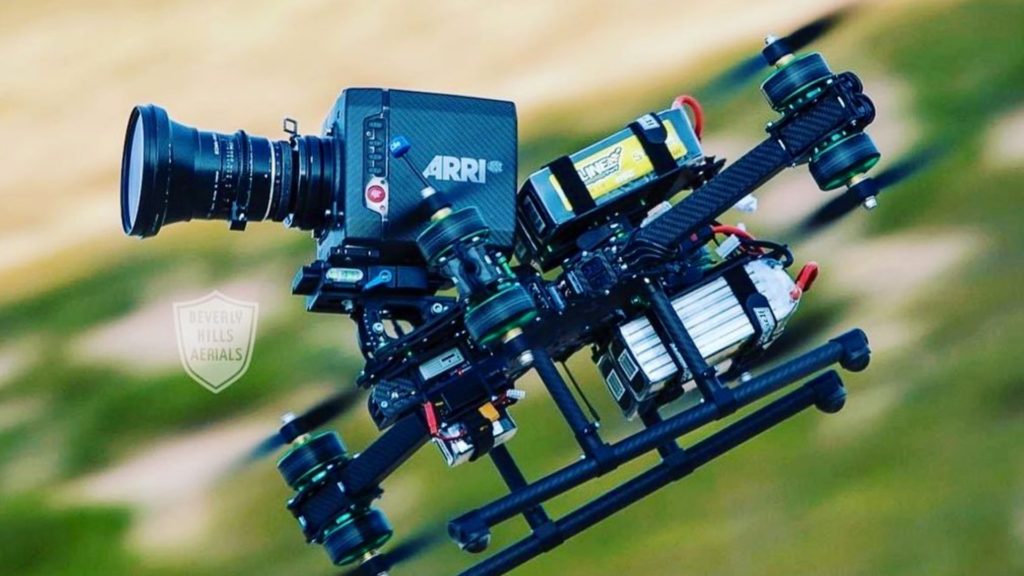
RED Komodo: The ideal camera for cinema FPV (?)
It seems that the ground for cinema FPV was further fertilized when the “Baby Dragon” was announced. A lot of FPV enthusiasts tried the RED Komodo capabilities on their FPV drones. One of the pioneers of this approach is Ross Beck that used an FPV drone and Komodo to shoot race cars (read our article: RED Komodo Flying at 100 MPH on FPV Drone Shooting Race Cars). The main advantages of the Komodo are its low wight, compact form factor and global shutter that assists in those high-speed shots.
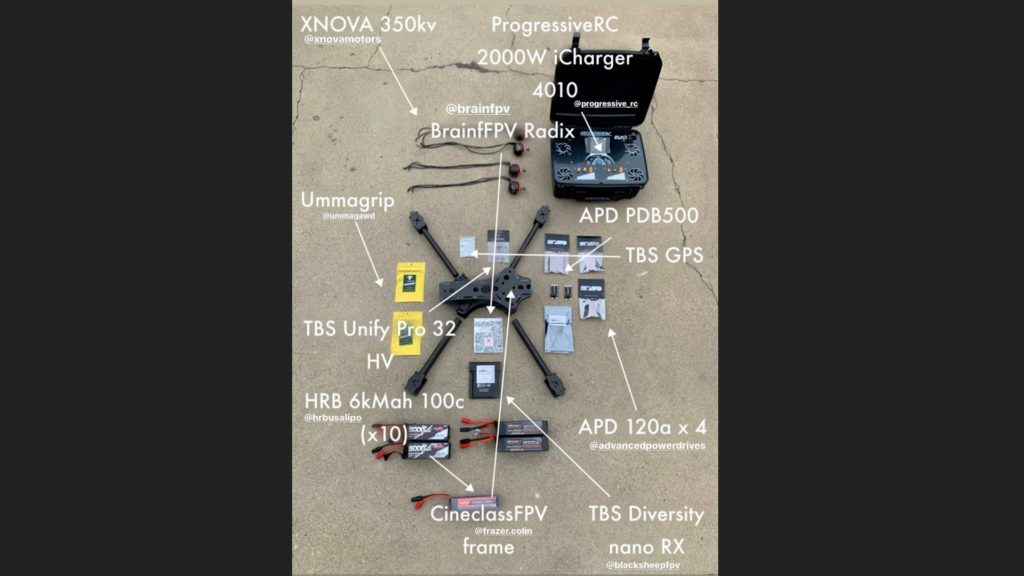
One-take action sequence
One of the best references regarding the potential of cinema FPV is this Red Bull Motorsports video shot by FPV specialist Johnny Schaer. The video is composed of 3 minutes one-take action sequence, shot on the RED Komodo with a Venus Optics Laowa 11mm lens. According to Johnny, Red Bull asked him to: “Try and bring some energy into the first few seconds of the film”, so he made this long-shot take which is pretty stunning.
How much for this setup?
Well, this is just an assumption. But I’d say the drone costs about $2,500 (manually built) + camera ($6,000) and the lens ($700). This is not so bad considering the fact ending up with an ultra epic professional gradable results.
Watch the entire video below:
Final insights
Smaller and lighter cinema cameras and more sophisticated FPV drones, accelerate the development of cinema FPV to be recognized as a legitimate solution in high-end cinema productions. I expect it to be the next hot trend (or maybe even mainstream) in filmmaking. However, it requires high and uncompromising expertise, because crashing is not an option. We continue to write about this new world as it evolves. Stay tuned.

